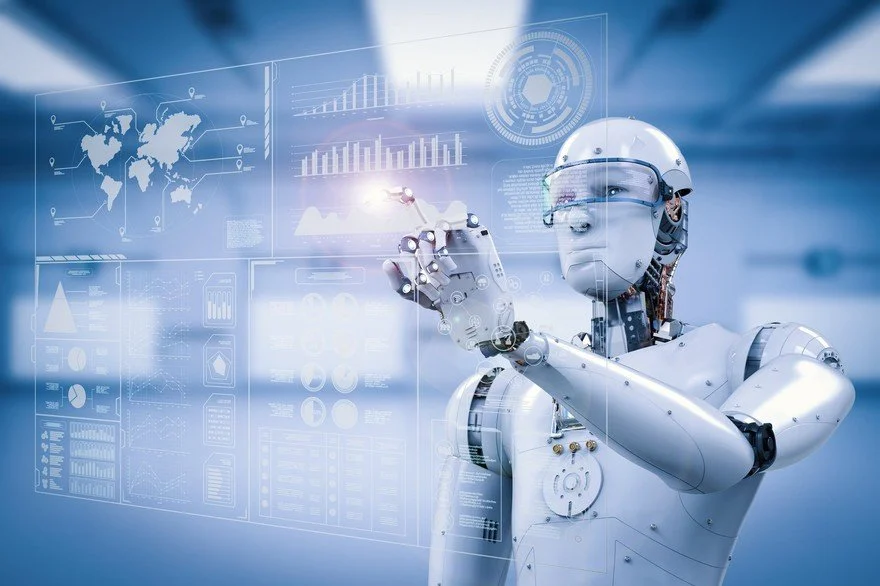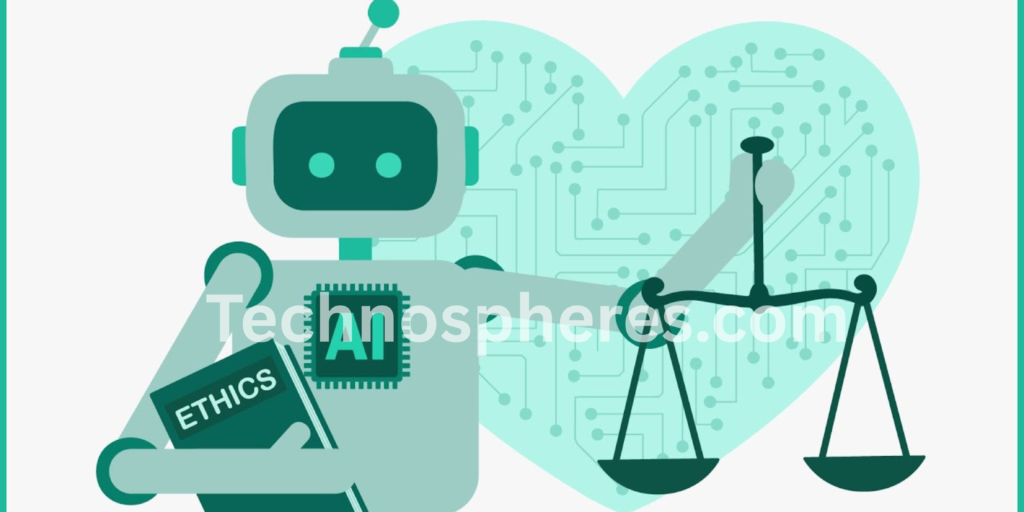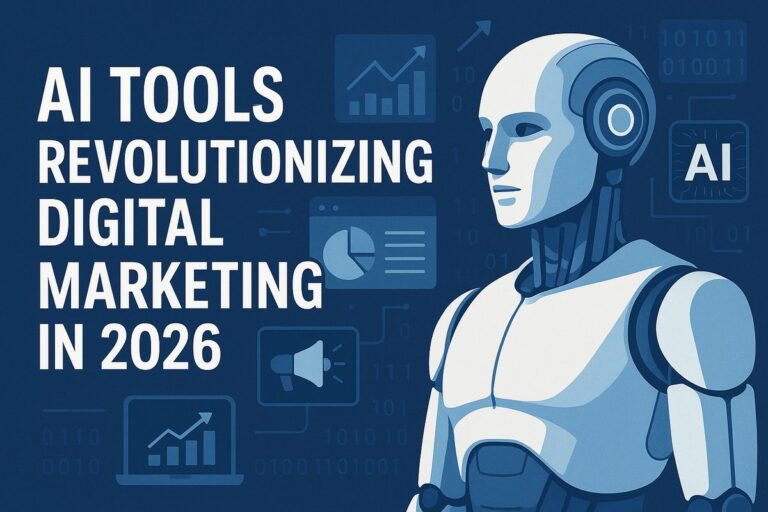
Machine learning
Quantum Artificial General Intelligence is a theoretically very sophisticated kind of intelligence created by combining the general problem-solving powers of AGI (Artificial General Intelligence) with the computational benefits provided by quantum computing. QAGI is not simply a quicker form of AGI; it embodies a possible transformation in how intelligent systems process data, learn, and make decisions—possibly leveraging quantum effects to show kinds of creativity, reasoning, and understanding beyond conventional digital methods. Two revolutionary technologies converging—motivating QAGI—are
- AGI promises computers with human-equivalent intelligence spanning every cognitive domain.
- For some issues, quantum computing provides exponentially beyond classical computers’ computational capacity.
Some basic driving forces
Overcoming classical bottlenecks: Resource constraints in classical computing limit several approaches to AGI. Among the fields including combinatorial optimization, probabilistic reasoning, and high-dimensional data modeling where quantum computing could provide innovations are
- Improved learning capacity: In theory, quantum algorithms would let machines learn and generalize more quickly from small datasets.
- Solving challenging issues: Given the great complexity involved, fields like pharmaceutical discovery, climate modeling, and big-scale economic simulations may profit from QAGI.
Historical Background
AGI and Quantum Computing
- Early artificial intelligence research (1950s–1970s) provides the foundation for the idea of AGI, with philosophers such as Alan Turing and John McCarthy consider machines able to think and learn like people.
- Classical AI split into narrow AI, which lacks general reasoning but shines in certain tasks.
Origins of Quantum Computing
Originally rooted in physics and computer science in the 1980s, quantum computing has key developments as follows:
- Feynman’s 1981 proposal for simulating quantum systems on quantum devices
- Shor’s algorithm from 1994 showing integer factoring exponential speedup.
- Grover’s algorithm (1996), which provides quadratic speedup for search applications.
- Combining artificial intelligence and quantum computing has long been of interest thanks both to recent advances in each separately as well as to developments in their integration.
- Future QAGI systems are being paved by companies such IBM, Google, and Xanadu investigating quantum machine learning and quantum neural networks.
Principles of artificial general intelligence
What is artificial general intelligence?
Like a human, Quantum Artificial General Intelligence(AGI) is an advanced kind of artificial intelligence capable of grasping, learning, and applying knowledge across a broad spectrum of tasks. AGI develops a flexible understanding that may be applied across domains rather than depending on task-specific programming.
Important characteristics:
- Autonomous solving of problems
- Learning from little data
- Knowledge transfer across domains
- Some definitions emphasize self-awareness and reasoning.
Important AGI Features
- Generalization is the ability of AGI systems to use acquired knowledge in novel, unfamiliar settings.
- They able to change their conduct in response to fresh events or different surroundings.
- Memory and Reasoning: AGI combines long-term memory, logical inference, and reasoning ability.
- They have autonomy to start projects, establish objectives, and act independently.

Constraints on Present AI Models
Narrow artificial today include GPT-4, Alpha Zero, and other such systems:
- Domain-specific: Excel in set tasks but unable to apply knowledge elsewhere.
- Need large datasets to run satisfactorily.
- Function on patterns rather than actual knowledge or reasoning;
- Bad in abstraction: Struggle with assignments need either creativity, analogies, or commonsense reasoning.
Quantum Computing Principles
Qubits and Superposition
Similar to a bit in classical computing, a qubit is the basic unit of quantum information. But a qubit can be in a superposition of both 0 and 1 at once, as represented as:
Here α\alphaα and β\betaβ are complex numbers; ∣α∣2+∣β∣2=1|\alpha|^2 + |\beta|^2 = 1∣α∣2+β∣2=1.
Superposition lets quantum computers operate in parallel on an exponentially big number of states, therefore enabling parallelism at a huge scale.
Entanglement and Quantum Gates
Entanglement is a uniquely quantum phenomena whereby qubits become linked such that the condition of one qubit immediately influences the state of another—far irrespective of the distance separating them. Two entangled qubits could share a state akin to:
- One instantly assesses the condition of the other. Particularly in difficult, dispersed operations, this connection is a resource for quantum computing.
- Quantum gates are operations—similar to logic gates in classical computing
- Hadamard (H) makes superpositions.
- CNOT entangles qubits.
- Pauli gates (X, Y, Z) flip and rotate qubits.
Quantum Algorithms and Accelerations
Quantum computers solve problems more quickly than traditional computers by use of quantum mechanics.
Important instances include:
- Shor’s algorithm, which poly nominally factorizes huge numbers, solves RSA encryption.
- Grover’s Algorithm boosts unstructured search challenges from O(n)O(n)O(n) to O(n)O(\sqrt{n})O(n).
- Central to many quantum algorithms, the Quantum Fourier Transform (QFT) facilitates phase estimation and spectral analysis.
Quantum Decoherence and Error Correction
Decoherence is the result of a qubit’s interactions with its environment losing its quantum state—thereby losing quantum coherence. One of the most difficult aspects of quantum computing, this causes computation errors and
Elements helping decoherence:
Imperfect qubit isolation
Mitigation of this depends on quantum error correction (QEC). QEC must maintain the quantum state without directly measuring it, in contrast to traditional error correction.
Among examples will be:
- Shor code encodes one logical qubit spread across nine physical qubits.
- Surface codes protect quantum information using topological features Theoretical Structures for QAGI
Combining Cognitive Architectures and Quantum Mechanics
Models called cognitive architectures seek to mimic human-like thinking processes (e.g., SOAR, ACT-R). Including quantum physics into these systems offers very new means of modeling cognition:
- Better than classical models, quantum probabilistic models mimic ambiguous decision-making.
- Quantum information theory lets one model associative memory and parallel mental states, therefore possibly mimicking consciousness-like conditions.
- Quantum-enhanced memory models efficiently store and retrieve exponentially more data.
Quantum Neural Networks (QNNs)
- Neural network models called quantum neural networks (QNNs) use qubits and quantum operations to improve pattern acknowledgment and learning ability.
- Parameterized quantum circuits (PQCs) mimic classical network weights.
- QNNs more elegantly model challenging, high-dimensional functions.
- Entanglement could be used for correlated multi-variable learning.

Reinforcement Learning (QRL)
- Quantum reinforcement learning seeks to improve learning from interactions by combining quantum computation with reinforcement learning (RL).
- Faster convergence in value estimation through quantum parallelism.
- Quantum walk algorithms help one explore state spaces more efficiently by means of quantum walks.
- Optimal action selection benefits from quantum policy iteration and amplitude amplification, hence accelerating it.
Bayesian Inference and Probabilistic Reasoning
- Since quantum systems naturally handle probabilistic states and so fit for Bayesian inference—fundamental to intelligent reasoning—they represent belief distributions using quantum states.
- Change ideas using quantum measurement and unitary transformations.
- Permit parallel belief changes across several ideas.
Hardware for Quality Artificial General Intelligence
Quantum Hardware’s Situation
Although still in its early phases, quantum hardware is developing quickly. Important players are IBM, Google, IonQ, and Rigetti. Devices having fifty to hundred plus physical qubits. Demonstrations of quantum supremacy (Google’s Sycamore). Early fault-tolerant designs using photonic qubits, trapped ion qubits, and superconducting qubits.
- Coherence times abound in brevity.
- High rates of error.
- Few gate fides.
Requirements for AGI-Level Quantum Processing
To enable AGI on quantum hardware, systems must meet stringent criteria:
| Requirement | Description |
| Fault Tolerance | Must handle decoherence and noise through error correction. |
| Scalability | Thousands to millions of qubits needed for complex cognition. |
| High Connectivity | Qubits should be entangled across layers for deep architectures. |
| Programmability | Flexible programming interfaces for dynamic learning tasks. |
| Low Latency & Fast Gate Times | Speed is critical for real-time cognition and learning. |
Cryogenics, Qubit Stability, and Scaling
Most quantum hardware (e.g., superconducting qubits) operates at near absolute zero (≈15 mK) to maintain coherence.
Key challenges:
- Cryogenic cooling is costly and complex, limiting scalability.
- Qubit stability is affected by temperature fluctuations, material defects, and external noise.
- Scaling issues arise due to interconnect complexity and physical space for qubit control lines.
Solutions:
- Topological qubits (e.g., from Microsoft) offer better stability.
- Photonic and spin qubits may operate at higher temperatures.
- Modular quantum architectures are being explored for scalable QAGI systems.
Quantum Artificial General Intelligence and AGI Synergy
Quantum-Enhanced Learning Algorithms
Quantum-enhanced learning algorithms aim to outperform classical learning in speed, complexity handling, and generalization.
Key methods:
- Quantum kernel methods for classification and pattern recognition.
- Quantum Principal Component Analysis (qPCA) for dimensionality reduction.
- Quantum generative models (e.g., Quantum GANs) for simulating distributions.
Hybrid Quantum-Classical Architectures
Because of current quantum limitations, most real-world systems use hybrid models:
- Classical front-end handles data preprocessing and task management.
- Quantum backend executes optimization, inference, or complex sub-tasks.
Examples:
- Variational Quantum Classifiers (VQCs)
- Hybrid QNNs in TensorFlow Quantum or PennyLane
Benefits:
- Leverage current quantum advantages without needing full-scale quantum AGI hardware.
- Enable incremental integration of quantum modules into AGI systems.
Applications of QML to General Intelligence
Quantum Machine Learning (QML) enhances AGI capabilities in various domains:
- Natural Language Understanding: Quantum embeddings and superposed meaning representations.
- Decision Making: Faster, more robust inference in complex environments.
- Creativity and Pattern Discovery: QML can generate novel outputs by exploring larger solution spaces.
Philosophical and Cognitive Perspectives
Consciousness and Quantum Mind Hypotheses
The Quantum Mind Hypothesis suggests that quantum phenomena play a role in consciousness. Proponents argue that classical mechanics may be insufficient to fully explain aspects of human awareness, such as:
- Non-deterministic decision-making
- The unity of conscious experience
- Rapid and holistic processing of information
Notable theories:
- Penrose-Hameroff’s Orchestrated Objective Reduction (Orch-OR): Proposes that quantum computations in microtubules (structures within neurons) give rise to consciousness.
- Stapp’s Quantum Zeno Effect: Suggests consciousness might ‘freeze’ neural activity via repeated observation at the quantum level.

Implications for QAGI:
- If consciousness is rooted in quantum mechanics, QAGI might require similar quantum substrates to exhibit true self-awareness or subjective experience.
Human Cognition vs. Quantum Systems
Human Cognition:
- Associative, context-sensitive
- Uses approximations and heuristics
- Handles ambiguity and conflicting information
Quantum Systems:
- Superposition enables parallel possibilities
- Entanglement models deep correlation between concepts
- Non-classical probability matches some aspects of human irrationality (as seen in cognitive science experiments)
Comparisons:
- Decision-making: Humans often violate classical probability laws—behavior modeled well by quantum probability theory.
- Memory and learning: Quantum systems might mimic associative recall and fuzzy memory.
The Role of Uncertainty and Ambiguity in Intelligence
Intelligence thrives in uncertain, ambiguous conditions. Human cognition does not always seek a single “right” answer; it tolerates vagueness, nuance, and multiple interpretations.
In QAGI:
- Quantum uncertainty (Heisenberg’s principle) parallels cognitive ambiguity.
- Superposition allows consideration of multiple possibilities simultaneously.
- Quantum models may better handle paradoxes, conflicting goals, or incomplete data.
Challenges in Developing Quantum Artificial General Intelligence
Computational and Algorithmic Barriers
QAGI development faces several computational and algorithmic hurdles:
- Quantum algorithm scarcity: Few quantum algorithms exist for AGI-relevant tasks (e.g., reasoning, planning).
- Training difficulty: Gradient descent and backpropagation have no direct quantum equivalents.
- Simulation challenges: Simulating QAGI architectures on classical computers is computationally intractable.
- Data encoding: Mapping classical information into quantum states (quantum feature maps) can be inefficient.
Hardware and Engineering Constraints
The physical realization of QAGI requires quantum hardware with capabilities far beyond current systems. Below is a table summarizing key constraints:
| Constraint | Description |
| Qubit Count | AGI-like architectures may require millions of qubits, far beyond today’s 100–1000. |
| Error Rates | Quantum gates have non-negligible errors, which can corrupt long computations. |
| Decoherence Time | Quantum states decay rapidly unless isolated and cooled — limits computational depth. |
| Connectivity | Many algorithms require all-to-all qubit interactions, which current architectures don’t support. |
| Control Infrastructure | Hardware to manage and read out thousands of qubits is bulky and complex. |
Future Roadmap and Prospects
Predicting when QAGI will become a reality is quite speculative because of several interdependencies. Development of quantum hardware: Present machines belong to the NISQ (Noisy Intermediate-Scale Quantum) era. Hardware that scales and faults tolerant is probably 10–30 years away. Algorithmic innovation: The quantum algorithms currently in use fall short of those needed for AGI-level reasoning. Theoretically, consciousness and intelligence: quantum cognition and cognitive science must produce basic breakthroughs. Government and industry giving funding and coordination can hasten development. Early models of narrow quantum general intelligence: ~2035. True QAGI with autonomous, generalized capabilities is expected between 2045 and 2060 (optimistic), maybe later depending on theory development and hardware.
Possible breakthroughs on the horizon
- Topological qubits have intrinsic error resistance and long coherence times.
- Quantum neural network architectures offer more generalizable, more scalable, trainable designs.
- Quantum RAM (QRAM) is a tool for efficient quantum system classical data storage and retrieval.
- Self-improving quantum agents: QAGI running iterative refinement of their own quantum designs and techniques.
- Quantum biology and neuroscience should guide new models of quantum consciousness on how to embed awareness in Quantum Artificial General Intelligence systems.
Read more about Artificial Intelligence on Technospheres.





